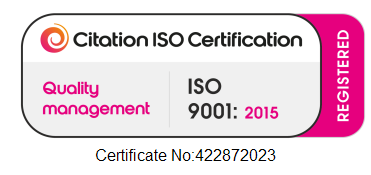AGM notice
Join us for our next AGM in April to hear what we've achieved in 2025, how we’re doing financially, and where we’re focusing next. We’ll share progress on our strategy, what it means for you as a member, and announce the results of our Code of Conduct proposals and member elections, celebrating those stepping up to help drive our work over the next three years.
Where we've come from
1940
Ergonomics emerges as a scientific discipline with the rise in military technology and the recognition that people would only benefit from it if they could understand and use it to its full potential. Civilian applications of technology and analysis of poor performance provides a growing body of evidence linked to difficulties faced by the human operator. Research leads to further investigations of the interactions between people, equipment and their environments.
1949
Distinguished physiologists and psychologists meet in London to form the Ergonomics Research Society (ERS) which becomes the first such professional body in the world.
1977
The ERS evolves to represent the current discipline and becomes the Ergonomics Society (ES) in recognition of the increasing focus on the professional application and practice of ergonomics.
1985
The ES becomes a Registered Charity and a Company.
2009
The ES is renamed the Institute of Ergonomics and Human Factors (IEHF) to reflect the popular usage of both terms and to emphasise the breadth of the discipline.
2014
The discipline’s importance is officially recognised by the award of a Royal Charter to the Institute and it becomes the Chartered Institute of Ergonomics & Human Factors. The first ‘Chartered Ergonomists and Human Factors Specialists’ in the world emerge from eligible members.

A new look
In 2022, we took the big step of refreshing our look. Here's what we did.



